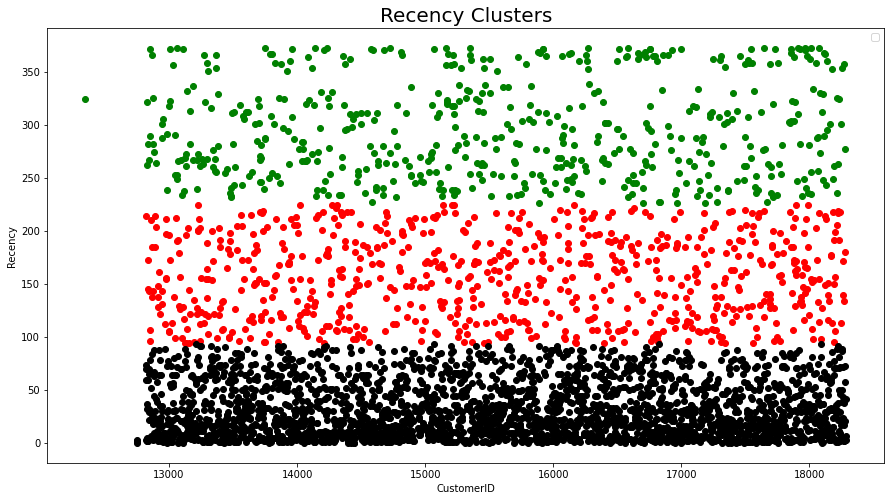RFM (Recency, Frequency, Monetary) analysis is a proven marketing model for behaviour-based customer segmentation. It groups customers based on their transaction history – how recently they purchased from your company, how often, and how much did those customers buy.
RFM helps divide customers into various categories or clusters to identify customers who are more likely to respond to promotions and future personalization services. RFM analysis is based on the marketing adage that “80% of your business comes from 20% of your customers.â€
Many retailer’s/e-commerce platforms assume that people who spend the most on their business are best customers. Most of us would have the same assumption. But, what if they purchased from business only once? Or a very long time ago? What if they are no longer using your product? Can they still be considered as best customers? Probably not. Judging customer value on just one aspect provides an inaccurate report of your customer base and their lifetime value.
Our Solution:
In our model we combine three different customer attributes (Recency, Frequency, Monetary values) to rank our customers based on individual cluster for each attributes.
– Recency: The minimum number of recency days
– Frequency: The number of purchases the customer has made
– Monetary: The total value of all purchases for each customer
If customer bought recently, they get more points. If they bought more than one time, they get a higher frequency score. And if they spent a larger amount, they get more points as well. After we combine these three scores and get the RFM score for each customers.
Finally, we can segment our customer into different groups based on this Recency–Frequency–Monetary score.
RFM analysis is a handy method to find your best customers, understand their behaviour, and then run targeted email/marketing campaigns to increase sales, satisfaction, and customer lifetime value.


